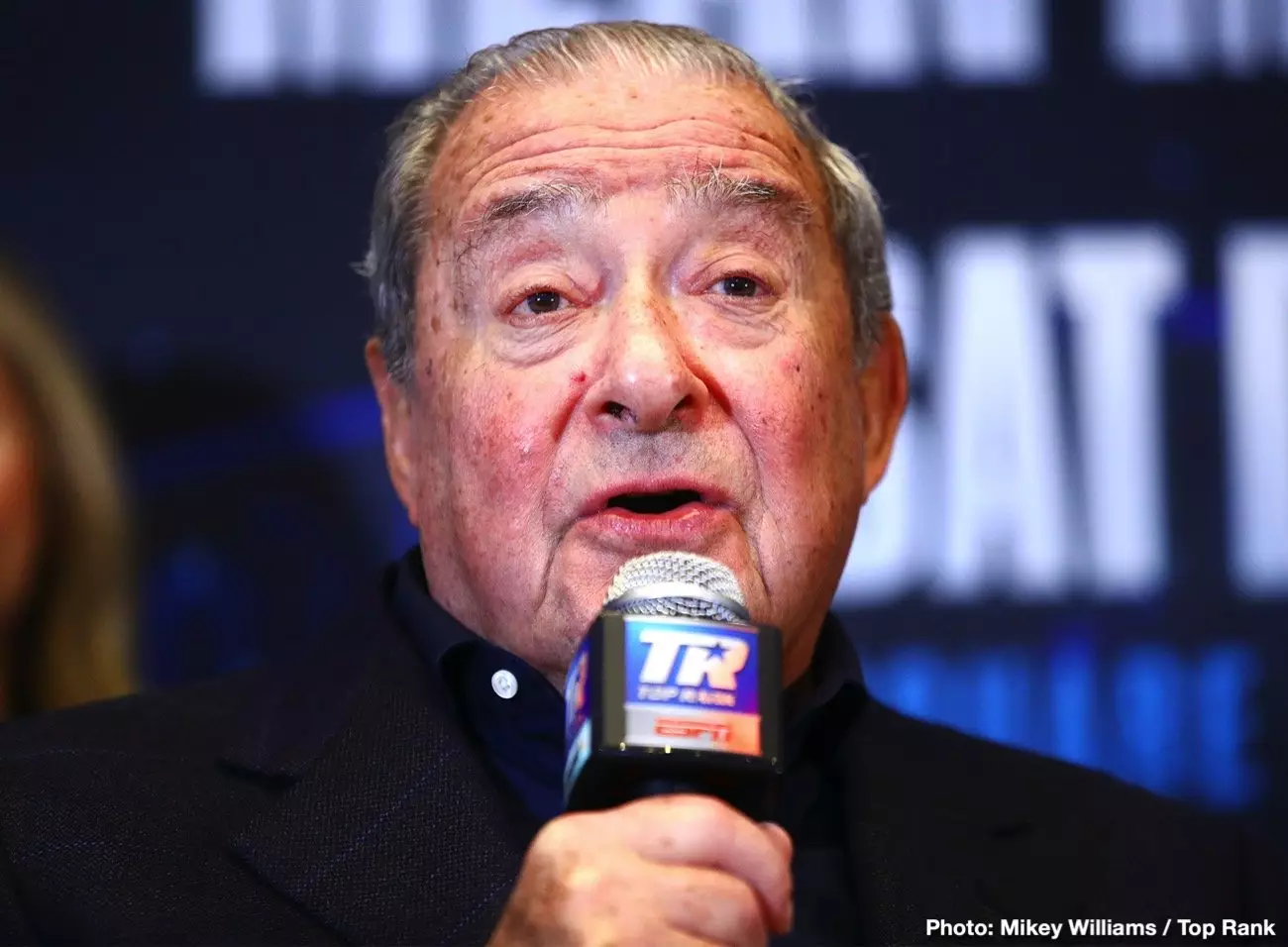The landscape of boxing has dramatically shifted over the past few years, especially in the realm of pay-per-view (PPV) events. Promoters, like Bob Arum, are grappling with a plethora of challenges that threaten the viability of showcasing lesser-known fighters on a PPV platform. Arum’s reluctance to host the upcoming fight between WBO light welterweight champion Teofimo Lopez and former IBF champion Subriel Matias as a PPV event underscores a troubling truth: piracy is not merely an inconvenience, but a significant hurdle in monetizing the sport effectively.
The essence of boxing’s appeal lies in its ability to engage audiences through exciting matchups and the drawing power of its stars. However, with fighters like Lopez still struggling to capture mass attention post his defeat to George Kambosos Jr., the prospect of a lucrative PPV event seems increasingly unrealistic. Instead of utilizing the pay-per-view model, which has become saturated with mediocre fights, Arum is contemplating eschewing this route altogether, suggesting that the clash may instead be showcased on regular ESPN—much to his disappointment, given his ambitions for Lopez and the declining audience reception.
Arum’s assertion that piracy dampens PPV buys is only partially accurate. The larger issue at hand is a growing apathy among boxing fans towards matchups that lack intrigue or star power. Promoters seem to be out of touch with viewer sentiment; they often put on PPV fights that fail to attract attention simply because of poor matchmaking and a misunderstanding of promotional strategies. Unlike previous decades, when only marquee matchups were deemed worthy of a PPV slot, the current approach often involves putting any available fight behind a paywall, which can backfire spectacularly.
For instance, the struggle of emerging talents or fighters who have not yet solidified their significance in the boxing world—like Gervonta Davis at an early stage in his career—exemplifies a miscalculation by promoters. If the economic model is predicated on the belief that any fight can draw big numbers by placing it on PPV, it dismisses fundamental market principles regarding demand and star power.
Going forward, it seems vital for promoters to reassess their strategies. Consideration should be given to developing fighters’ appeal before escalating them to PPV status. It is crucial for promoters like Top Rank to focus on nurturing talent and creating builds towards thrilling matchups that fans genuinely want to pay for. Fostering engagement through mainstream networks like ESPN can serve two purposes: maintain visibility for fighters and build a robust fanbase that will eventually demand PPV events.
The case of Lopez and Matias is a cautionary tale within the boxing industry. Without reevaluating the methods of promotion and distribution of fights, the sport may continue to experience a decline in fan engagement and revenue generation. Addressing core issues is essential for the revival of boxing to reclaim its stature as a major sporting attraction in the world. Ultimately, it is the responsibility of promoters to align their offerings with audience expectations, ensuring that the sport evolves in tandem with changing consumer behaviors.

